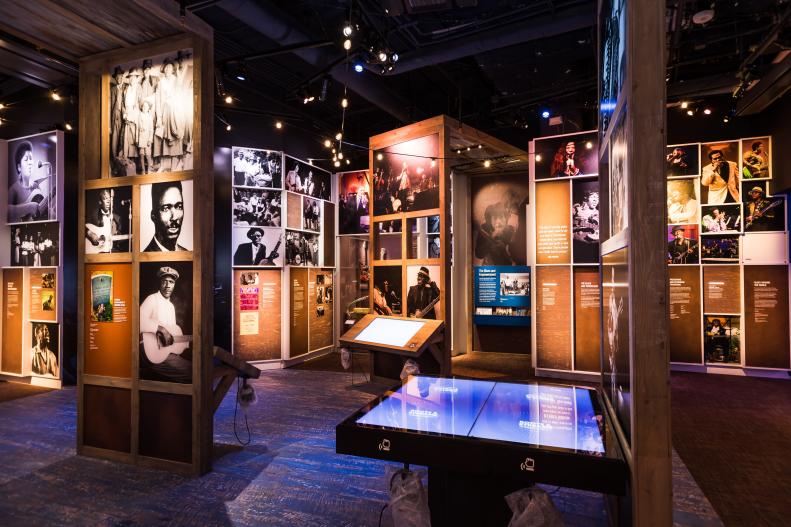1 / 22
Photo: 353Media Group
Ways to Celebrate Black Contributions to American Life
Though every month is worth celebrating, Black History Month is an opportunity to spend some thoughtful, dedicated time to looking at how deeply African Americans have impacted American life in music, the arts, the civil rights movement and in so many other ways. Read on for our picks of some of the best places to visit to see that legacy in action.







